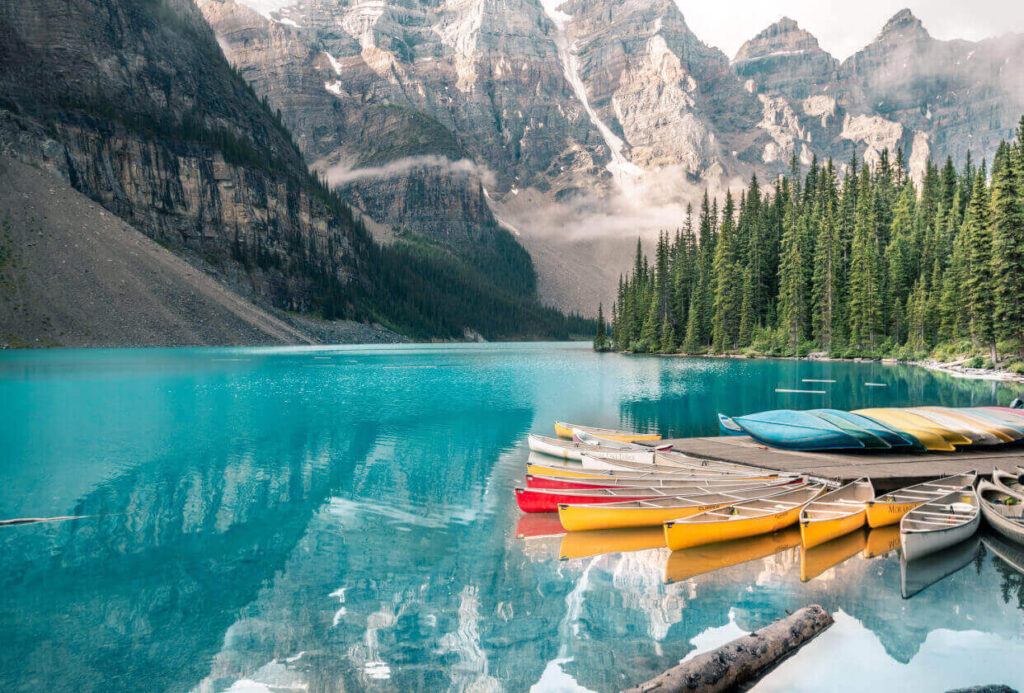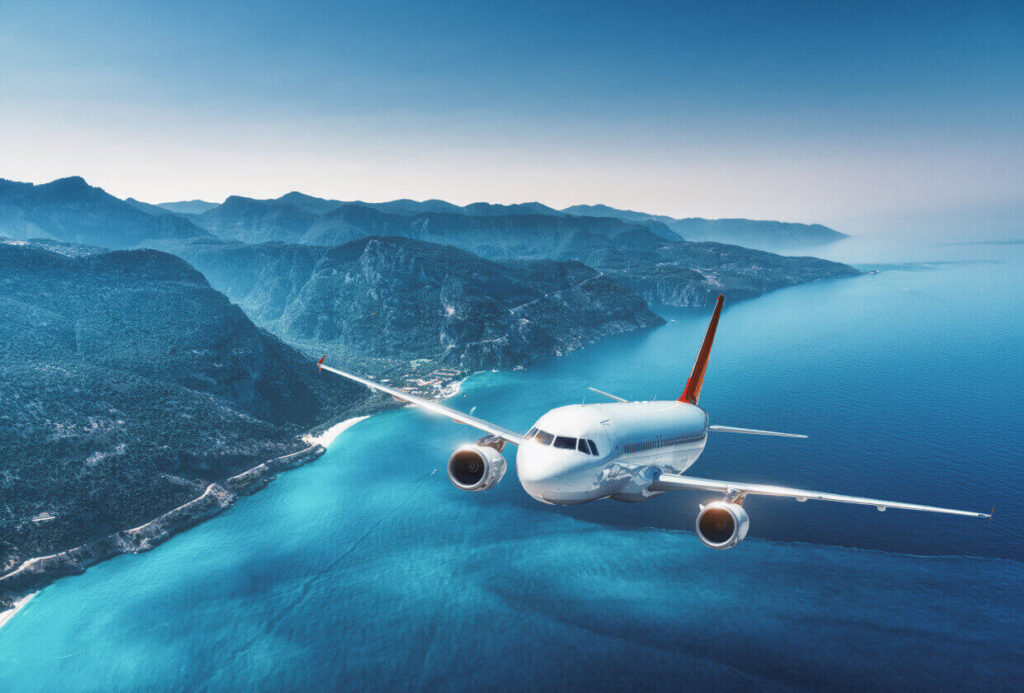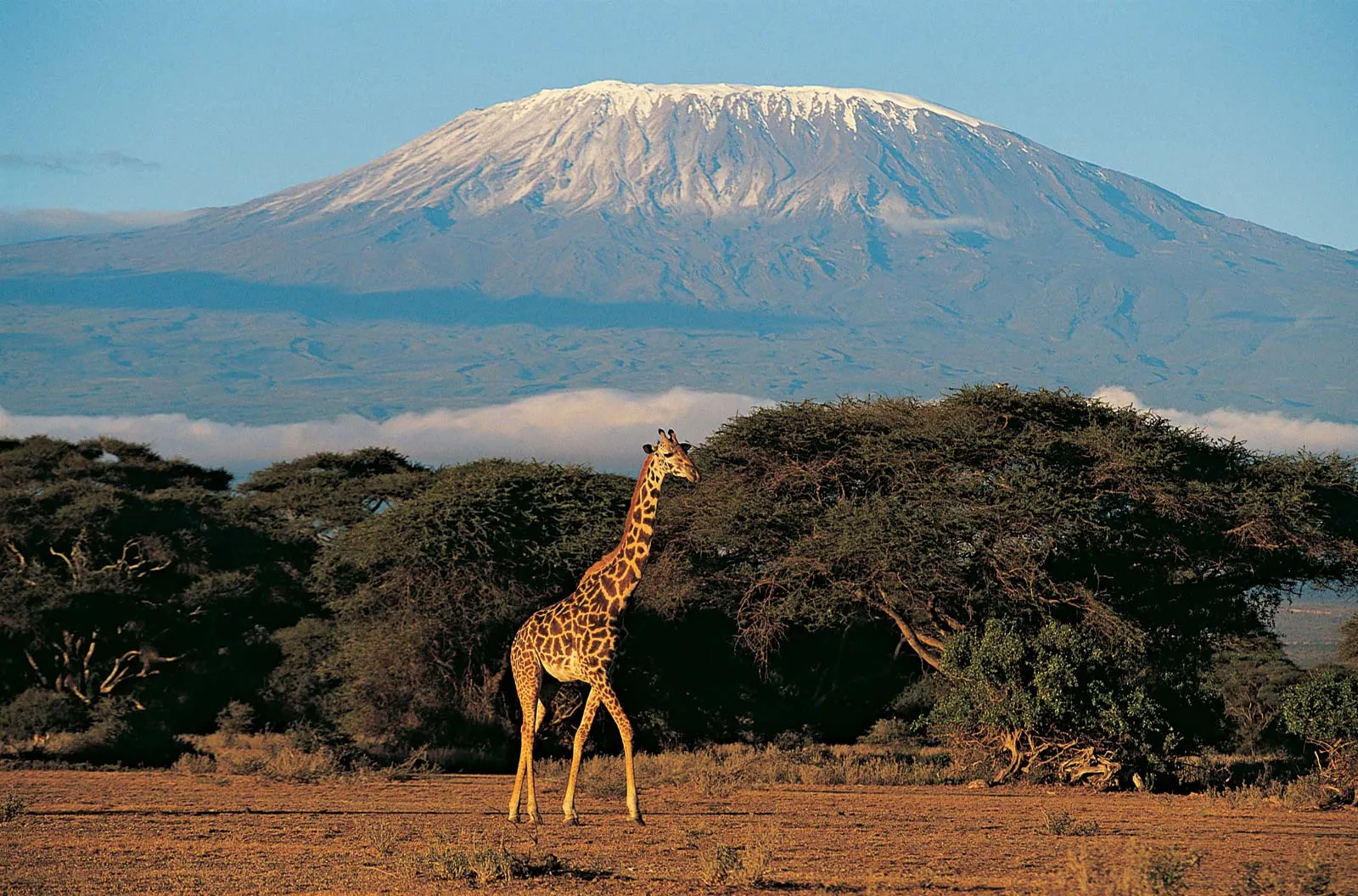Mount Kilimanjaro Facts: A Guide by Serengeti Nomads in 2025/2026
Overview
Mount Kilimanjaro is a massive, free-standing volcanic mountain located in northeastern Tanzania, near the border with Kenya. It is the highest peak in Africa, standing at 5,895 meters (19,341 feet) above sea level. Unlike most of the world’s highest mountains, which form part of vast mountain ranges, Kilimanjaro is an isolated peak, making it the tallest free-standing mountain on Earth. It is a popular climbing destination and one of the Seven Summits, the highest mountains on each of the seven continents.
Geological Formation and Structure
Mount Kilimanjaro is a stratovolcano that formed around three million years ago due to volcanic activity associated with the East African Rift System. The mountain consists of three volcanic cones:
- Kibo: The tallest and only dormant cone, where Uhuru Peak, the highest point, is located. Kibo has not erupted in thousands of years, but scientists believe it could erupt again in the future.
- Mawenzi: The second-highest peak at 5,149 meters (16,893 feet), which is heavily eroded and consists of jagged ridges. Unlike Kibo, Mawenzi is considered extinct.
- Shira: The oldest and lowest cone at 4,005 meters (13,140 feet). It collapsed around 500,000 years ago, leaving behind a plateau that climbers cross on certain routes.
The mountain continues to change due to erosion, weathering, and the slow retreat of its glaciers.
Climate and Ecological Zones
Mount Kilimanjaro has five distinct climate zones, each with its own unique weather, vegetation, and wildlife.
- Cultivated Zone (800–1,800 meters / 2,600–5,900 feet)
- The lowest slopes of Kilimanjaro are used for agriculture, with crops such as bananas, coffee, and maize.
- This zone is home to the Chagga people, who have lived on Kilimanjaro’s lower slopes for centuries.
- Rainforest Zone (1,800–2,800 meters / 5,900–9,200 feet)
- A lush, humid rainforest covers the lower slopes of the mountain.
- Wildlife includes elephants, leopards, colobus monkeys, blue monkeys, and various bird species.
- This zone receives the highest rainfall on the mountain.
- Moorland Zone (2,800–4,000 meters / 9,200–13,100 feet)
- A transition zone between the rainforest and alpine desert, featuring unique plant species like giant lobelias and groundsels.
- The temperature starts to drop significantly, and clouds often cover the landscape.
- Alpine Desert Zone (4,000–5,000 meters / 13,100–16,400 feet)
- A dry, barren region with extreme temperature variations between day and night.
- Very little vegetation survives in this harsh environment, and oxygen levels start to decrease.
- Arctic Zone (5,000+ meters / 16,400+ feet)
- The summit region is an arid, frozen desert with ice fields and glaciers.
- Oxygen levels are less than 50% of those at sea level, making altitude sickness a major concern.
- Due to climate change, Kilimanjaro’s glaciers are retreating rapidly and could disappear within the next few decades.
Climbing Mount Kilimanjaro
Despite its height, Kilimanjaro is considered one of the most accessible of the Seven Summits, as it does not require technical mountaineering skills. However, the extreme altitude and harsh conditions make it a challenging trek.
Climbing Routes
There are several established routes to the summit, each with varying levels of difficulty and scenery:
- Marangu Route: The oldest and only route with hut accommodations, often called the “Coca-Cola Route” because it is considered the easiest, though it has a lower success rate due to its rapid ascent.
- Machame Route: Known as the “Whiskey Route,” it is more challenging but has a higher success rate due to better acclimatization.
- Lemosho Route: One of the most scenic and gradual routes, offering high success rates.
- Rongai Route: The only route that approaches Kilimanjaro from the north, often drier and less crowded.
- Northern Circuit: The longest and most gradual route, maximizing acclimatization time and increasing the chances of reaching the summit.
- Umbwe Route: The steepest and most direct route, suitable for experienced trekkers.
Summit Attempt and Altitude Sickness
- Climbers typically take 5 to 9 days to reach the summit, depending on the chosen route.
- The main challenge is altitude sickness, which can cause nausea, dizziness, headaches, and even life-threatening conditions like pulmonary or cerebral edema.
- The final ascent to the summit, known as “Summit Night,” begins at midnight and involves a long, steep climb in freezing temperatures.
- Reaching Uhuru Peak, the highest point, is a physically and mentally demanding achievement.
History and Exploration
- First Recorded Ascent: The first confirmed summit of Kilimanjaro was by Hans Meyer and Ludwig Purtscheller in 1889.
- Local Legends: The Chagga people believed the mountain was sacred and inhabited by spirits. Early European explorers struggled to convince locals of its existence as a snow-capped mountain near the equator.
Famous Climbs and Records
- Fastest ascent and descent: Swiss-Ecuadorian athlete Karl Egloff holds the record, completing the climb in 6 hours, 42 minutes in 2014.
- Youngest climber: Keats Boyd, at just 6 years old, reached the summit in 2008.
- Oldest climber: Anne Lorimor, at 89 years old, reached the summit in 2019.
- First blind climber: Erik Weihenmayer, the first blind person to climb Mount Everest, also summited Kilimanjaro.
Threats and Conservation
- Glacial Retreat: Kilimanjaro’s glaciers have shrunk by over 85% in the past century due to climate change, and scientists predict they may disappear entirely within a few decades.
- Deforestation: Logging and agricultural expansion threaten the rainforest zone, impacting the mountain’s ecosystem and water cycle.
- Tourism Impact: While tourism provides economic benefits, increased foot traffic, waste, and infrastructure development pose environmental concerns.
Cultural and Symbolic Importance
- Kilimanjaro is a symbol of Africa’s natural beauty and resilience.
- It is featured on Tanzania’s national emblem and is a source of national pride.
- The mountain has inspired countless adventurers, writers, and conservationists, including Ernest Hemingway, who wrote about it in The Snows of Kilimanjaro.
Conclusion
Mount Kilimanjaro is a geological wonder, a climber’s challenge, and an ecological treasure. It attracts thousands of climbers each year who seek the thrill of standing on Africa’s highest point. However, it also faces serious environmental threats that require global attention. Whether as a natural landmark, a cultural icon, or an adventure destination, Kilimanjaro remains one of the most fascinating mountains in the world.
Lorem ipsum dolor sit amet consectetur.



Vestibulum ac diam sit amet for a quam vehicula elementum sed sit amet dui. Donec sollicitudin molestie malesuada. Donec sollicitudin molestie malesuada. Proin eget tortor risus. Quisque velit nisi, pretium ut lacinia in, elementum id enim. Pellentesque in ipsum id orci porta dapibus.



